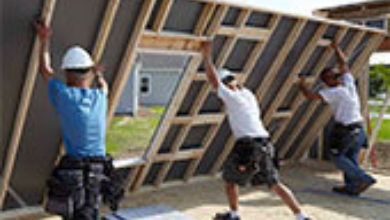
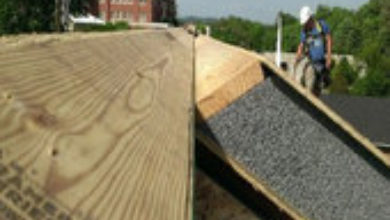
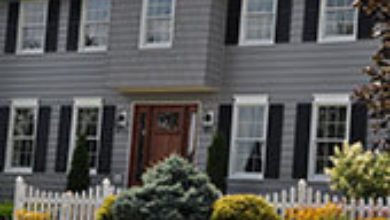

North American Case Study
BASF and Neopor featured on Designing Spaces airing on Lifetime TV
Read More
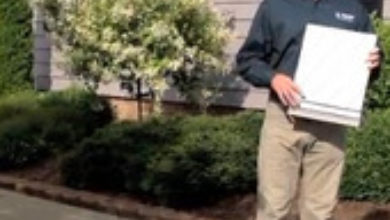
North American Case Study
Neopor® specified in three building products for a remodel project
Read More
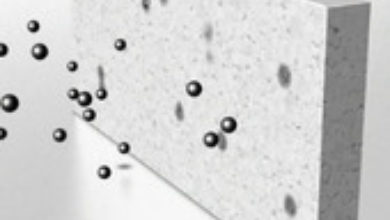
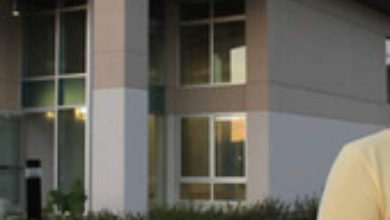
North American Case Study
Neopor® in the BASF Environmental Education Classroom & Wildlife Habitat, Rensselear, NY
Read More
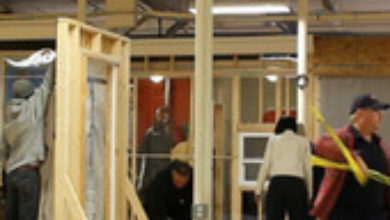
North American Case Study
Neopor® in a Deep Energy Retrofit Project: Philadelphia Green Jobs Training Center
Read More
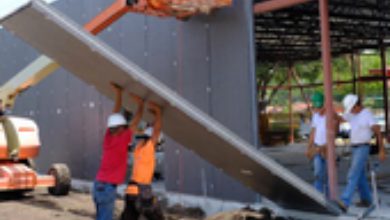
North American Case Study
Gate Petroleum Convenience Stores
Featuring Neopor in WGN’s tekR Structural Thermal Envelope.
Read More

